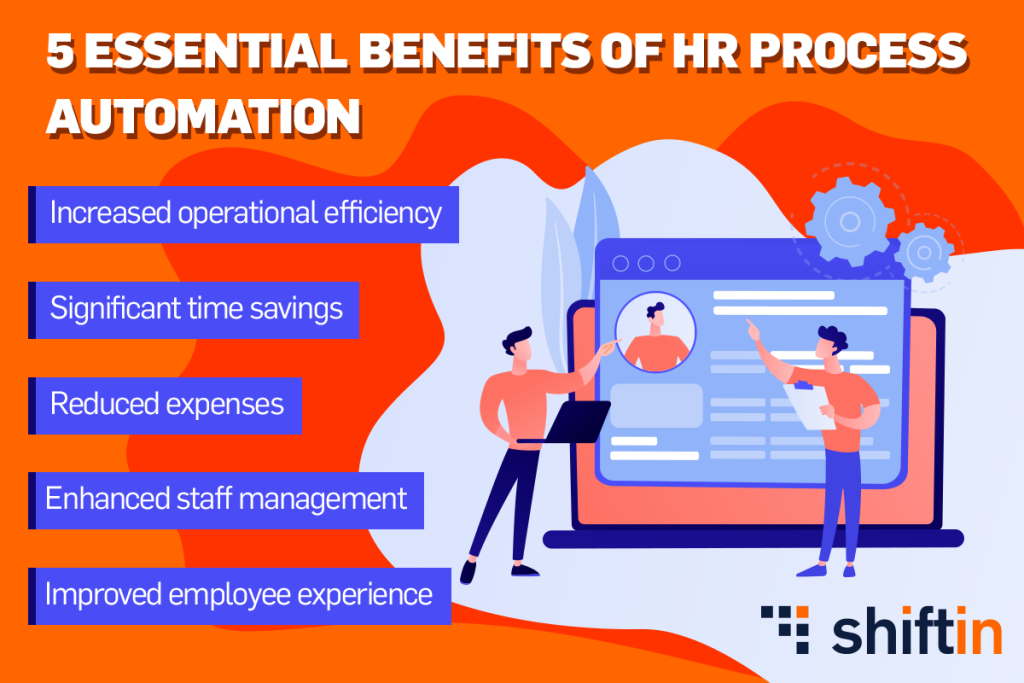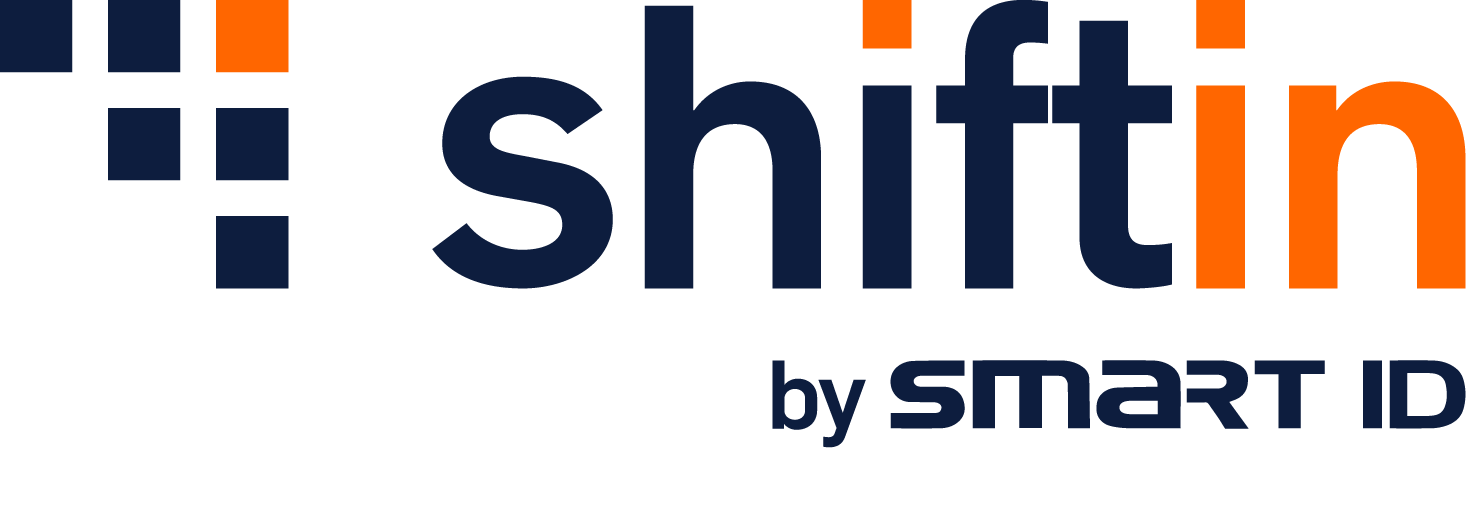- What does HR process automation mean?
- The benefits of HR process automation
- Impact on employees and businesses
- Practical examples of HR automation
Companies continually search for novel approaches to increase productivity and improve the overall employee experience during work. One of the most notable advances in this direction has been the automation of Human Resources (HR) activities. Businesses can improve their workflows and transfer their focus to more strategic goals by streamlining HR tasks using technology. This article goes into the fundamental advantages of HR process automation and how it may assist organizations.
What does HR process automation mean?
HR process automation refers to the use of technology, in this case to streamline and optimize human resource tasks. This includes automating repetitive and administrative operations that can include recruitment, onboarding and offboarding. HR departments can migrate from manual operations to automated workflows, resulting to better attention to detail and to the development of relationships with and between employees, minimizing time spent on strenuous, error prone tasks.
HR process automation brings numerous benefits, such as increased efficiency, time savings, and greater accuracy. By eliminating repetitive tasks, HR teams can focus on strategic initiatives that enhance organizational performance and culture, leading to better resource management and increased company competitiveness.
Increased efficiency
One of the most significant advantages of automating HR processes is the increased efficiency it brings to an organization, particularly to HR departments. Tasks can be completed far more quickly than through manual methods with automated processes.
Automation eliminates the need for continuous manual oversight, reducing delays and administrative bottlenecks that often slow down essential HR activities. This newfound efficiency allows HR teams to focus on more strategic functions, employee engagement and development, as well as on the allignment of HR initiative with organizational goals and purposes. Essentially, HR professionals can devote their attention to activities that enhance workforce productivity and improve company culture.
Saved time
Another significant advantage of HR automation is the ability to save time from . By digitizing routine tasks, HR teams may recoup critical time and focus on more strategic functions. For example, processes that used to take a large amount of time and manual effort can now be completed by and with the help of automation. HR staff are able to utilise the recouped time on other key functions and initiatives.
Improved accuracy and compliance
Improved accuracy and compliance are also significant benefits of HR process automation. Payroll and employee data management are two operations that may be prone to manual errors. Businesses ensure more consistency and precision, lowering the possibility of such errors with automated systems. Furthermore, HR automation solutions are intended to assist firms in complying with labor laws and regulations. These systems can automatically update policies in response to legislative changes, reducing the need for research and constant administrative oversight.

Impact on employees and businesses
HR automation has a significant impact on the entire organization. Employees benefit from automation since it allows for faster responses to their needs, simpler access to critical resources, and enhanced communication with HR, among other quality of life advantages. As a result, staff spend less time awaiting administrative permissions or information and more time focusing on their primary responsibilities.
HR automation benefits the firm by increasing operational efficiency, lowering expenses, and improving the management of staff. With the administrative load eased, HR professionals can devote more time to strategic initiatives that promote success.
Practical examples of HR automation
HR automation can be applied across various functions in modern organizations. One of the most common examples is recruitment automation. With Applicant Tracking Systems (ATS), organizations can automate a majority of recruitment tasks, ranging from resume scanning to the scheduling of interviews.
Onboarding is another area where automation shines. Automated onboarding platforms ensure that new hires complete all necessary steps to succesfully integrate within their teams, without continuous, manual oversight, creating a consistent and smooth experience for new hires.
Performance management is yet another area where automation proves invaluable for HR departments. Automated performance evaluation tools can track employee progress and facilitate feedback. This creates a more transparent and structured process for both managers and employees.





